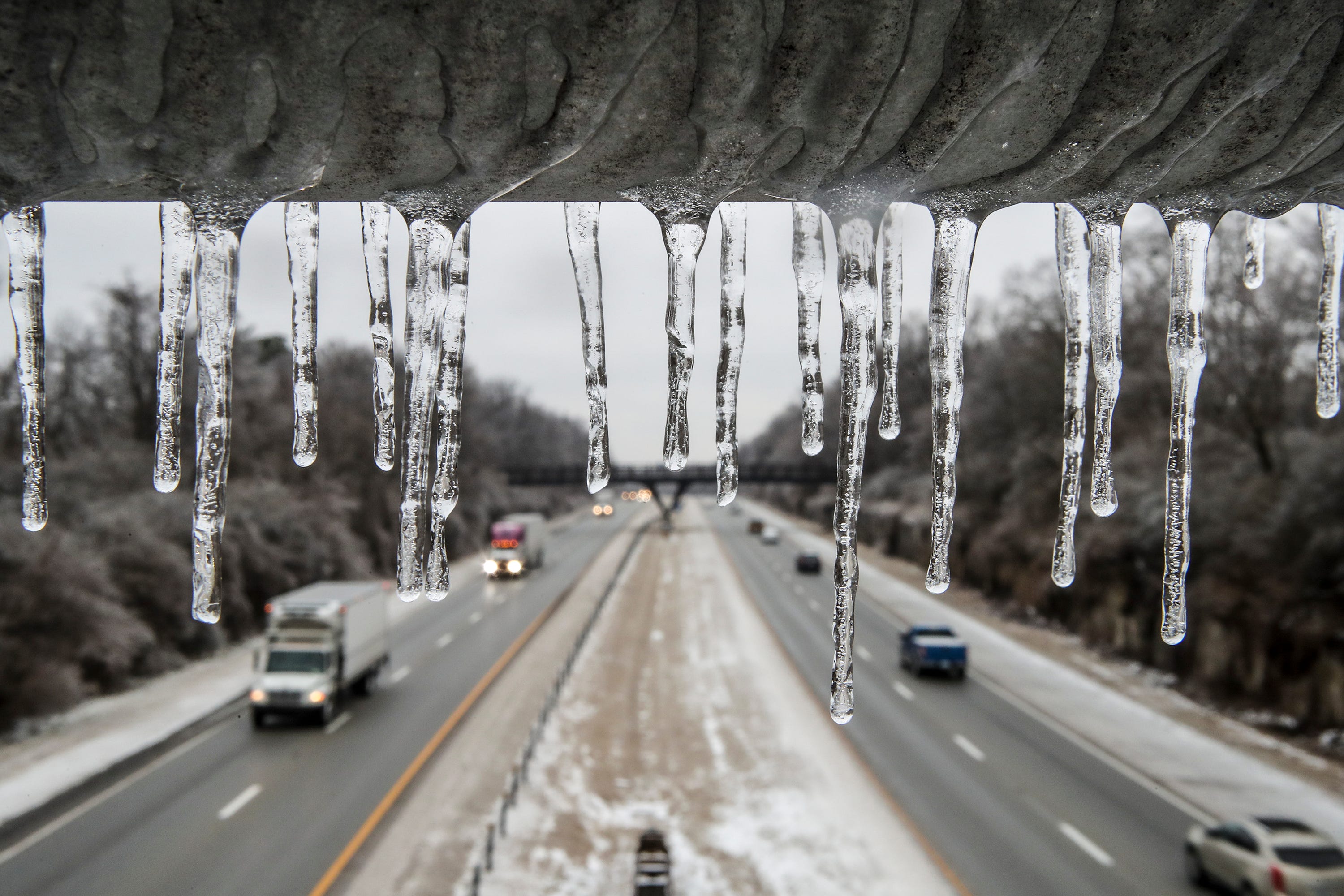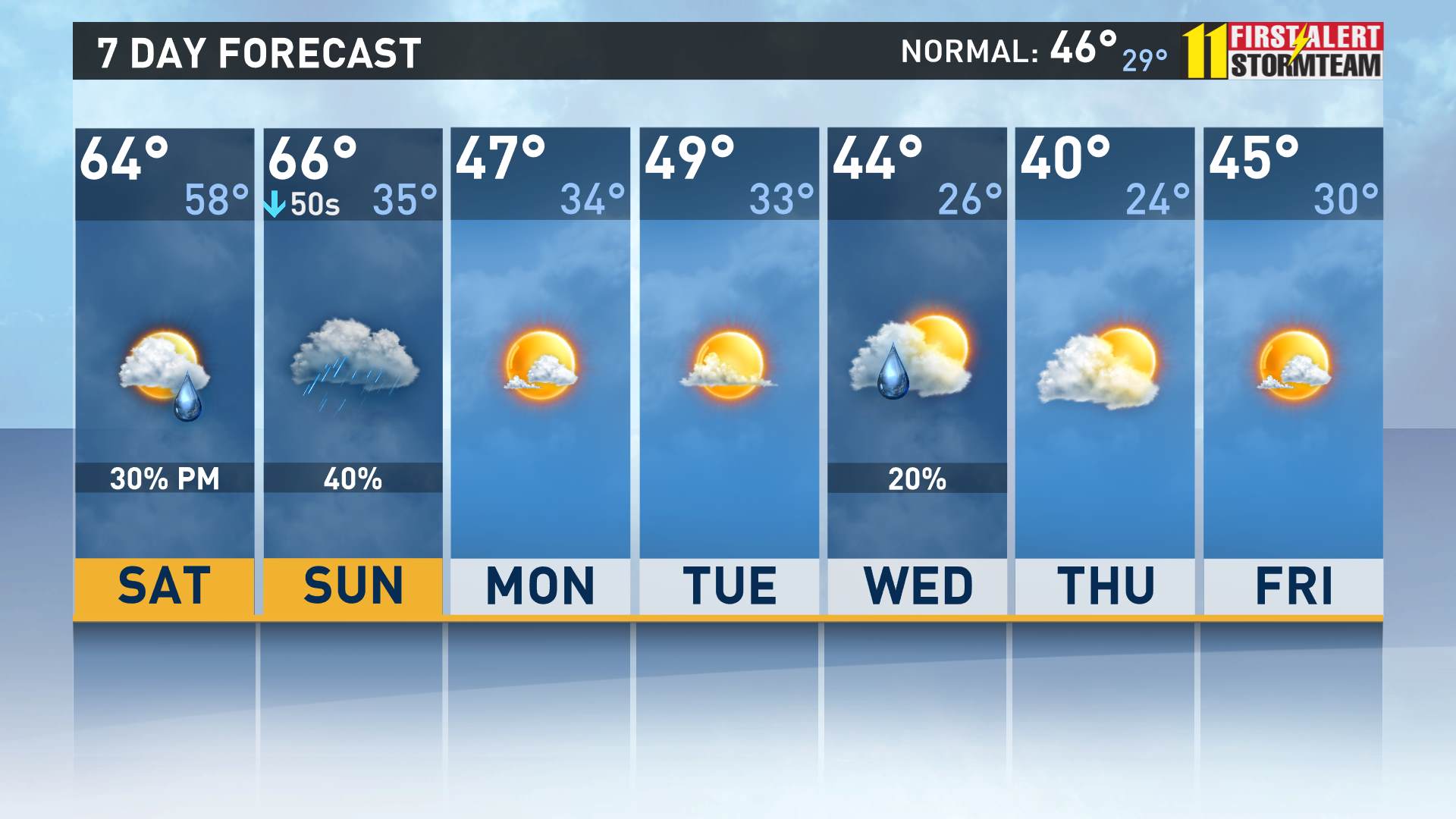Louisville Weather Patterns

Louisville experiences a humid subtropical climate with four distinct seasons. Summers are hot and humid, with average temperatures in the mid-80s Fahrenheit (29 degrees Celsius) and humidity levels often reaching 70%. Winters are cold and wet, with average temperatures in the mid-30s Fahrenheit (1-2 degrees Celsius) and frequent precipitation. Spring and fall are generally mild, with average temperatures in the 50s and 60s Fahrenheit (10-15 degrees Celsius).
Temperature
Louisville’s average annual temperature is 56 degrees Fahrenheit (13 degrees Celsius). The warmest month is July, with an average temperature of 78 degrees Fahrenheit (26 degrees Celsius). The coldest month is January, with an average temperature of 32 degrees Fahrenheit (0 degrees Celsius).
Humidity
Louisville’s average annual humidity is 70%. The most humid month is July, with an average humidity of 75%. The least humid month is December, with an average humidity of 65%.
Precipitation
Louisville’s average annual precipitation is 43 inches (109 centimeters). The wettest month is May, with an average precipitation of 4.5 inches (11 centimeters). The driest month is October, with an average precipitation of 2.5 inches (6 centimeters).
Unique Weather Phenomena
Louisville is located in Tornado Alley, a region of the United States that is prone to tornadoes. Tornadoes can occur at any time of year, but they are most common in the spring and summer months. Louisville is also susceptible to flooding, especially during the spring and summer months when heavy rains can cause rivers and streams to overflow.
Louisville Climate and Geography
Louisville’s unique weather patterns are shaped by a combination of geographic features that include its location, elevation, and proximity to bodies of water. Situated in the north-central region of the United States, Louisville experiences a humid subtropical climate characterized by hot, humid summers and mild, often chilly winters.
Geographic Features
Louisville’s location in the Ohio River Valley plays a significant role in determining its weather patterns. The city lies at the confluence of the Ohio and Salt Rivers, which creates a humid microclimate that contributes to the city’s frequent precipitation and fog. Additionally, Louisville’s proximity to the Appalachian Mountains to the east and the Great Lakes to the north influences its weather patterns, resulting in frequent changes in temperature and precipitation.
Elevation and Topography
Louisville’s elevation of approximately 500 feet above sea level also contributes to its unique weather conditions. The city’s relatively low elevation allows for warm, moist air from the Gulf of Mexico to flow northward, resulting in frequent precipitation. Additionally, the city’s topography, which includes rolling hills and valleys, creates localized weather patterns that can vary significantly from one neighborhood to another.
Proximity to Bodies of Water
Louisville’s proximity to the Ohio River and other bodies of water, such as the Falls of the Ohio River, influences its weather patterns. The Ohio River serves as a source of moisture, contributing to the city’s humid climate. Additionally, the Falls of the Ohio River creates a natural barrier that can block cold air from the north, resulting in milder winters in Louisville compared to other cities in the region.
Historical Louisville Weather Data

Louisville weather – Louisville’s weather patterns have been meticulously documented for decades, providing a valuable resource for understanding the city’s climate and anticipating future weather conditions. By analyzing historical data, meteorologists can identify trends and patterns in temperature, precipitation, and other weather-related variables, which can inform predictions and preparedness efforts.
One notable trend observed in Louisville’s historical weather data is the gradual increase in average temperatures. Over the past several decades, the city has experienced a rise in both daily high and low temperatures, contributing to a warmer overall climate. This warming trend is consistent with global observations and is attributed to factors such as increased greenhouse gas emissions and changes in atmospheric circulation patterns.
Precipitation Patterns
Historical precipitation data for Louisville reveals a complex and variable pattern. While the city generally receives ample rainfall throughout the year, the amount and distribution of precipitation can vary significantly from season to season. Spring and summer months typically experience higher precipitation levels, often in the form of thunderstorms and heavy downpours. In contrast, winter months tend to be drier, with precipitation often falling as snow or sleet.
One notable trend in Louisville’s precipitation patterns is the increase in extreme rainfall events. In recent years, the city has experienced an increase in the frequency and intensity of heavy downpours, leading to localized flooding and infrastructure damage. This trend is concerning, as it poses challenges for urban planning and stormwater management.
Future Predictions, Louisville weather
Historical weather data provides valuable insights into Louisville’s climate and weather patterns. By analyzing trends and patterns, meteorologists can make informed predictions about future weather conditions. While it is impossible to predict the weather with absolute certainty, historical data can help identify potential risks and vulnerabilities, allowing for proactive planning and preparedness measures.
For example, the observed warming trend suggests that Louisville is likely to experience continued increases in temperature in the coming years. This could have implications for energy consumption, air quality, and human health. Similarly, the increase in extreme rainfall events highlights the need for improved stormwater management systems and flood mitigation strategies.
The fickle Louisville weather can change in an instant. To stay ahead of the capricious skies, I rely on live weather radar that tracks every cloud and raindrop. This invaluable tool empowers me to plan my day with confidence, knowing that I can navigate the unpredictable Louisville weather with ease.
As the golden rays of dawn gently caress the misty fields of Louisville, a refreshing breeze whispers secrets from the rolling hills of Mount Vernon, Indiana. This serene escape, nestled just across the river, invites us to embrace the tranquil rhythm of nature.
As the day unfolds, the Louisville skyline transforms, casting a vibrant tapestry of colors against the canvas of the sky, a testament to the city’s enduring spirit and unwavering embrace of the seasons.